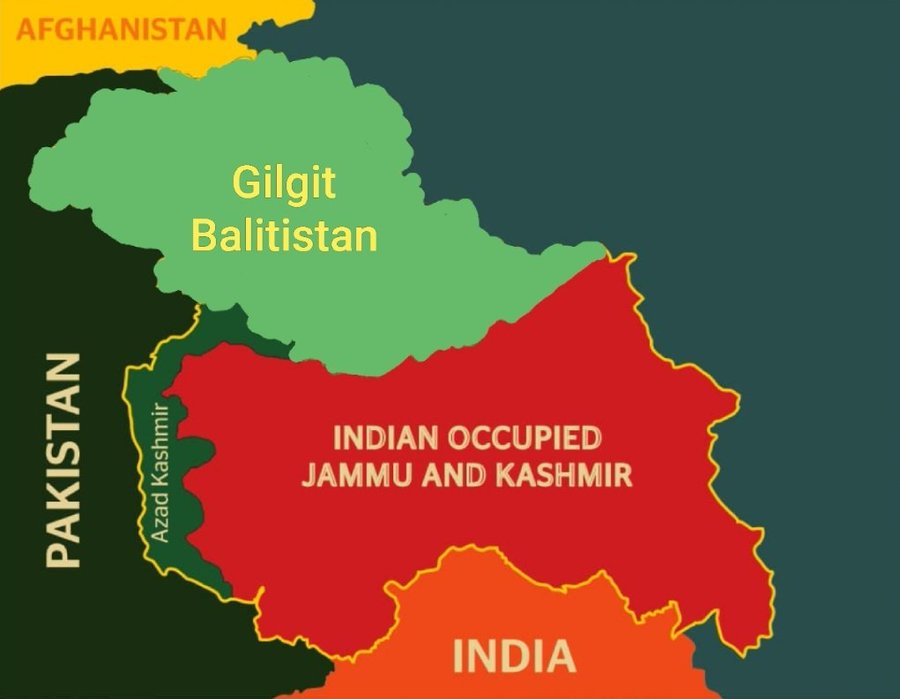
بین الاَقوامی تاریخی قواعد کے مطابق کسی بھی ملک کی قدیم تاریخ اس ملک کے موجودہ نام ہی سے جانی جاتی ہے۔ اگست 1947 کے تقریباً اڑھائی سال بعد، 1950 میں، برطانوی سَر مورٹیمر وہیلر، جو کہ دنیا کے مشہور، آثار قدیمہ کے ماہر تھے، "پاکستان کے 5000 سال" کے نام سے انگریزی میں ایک کتاب لکھی۔
1962 میں، پیٹرسن اور ڈرمنڈ نے "سؤان دی پلیؤلِتھِک آف پاکستان" کے نام سے ایک کتاب لکھی۔ (پلیؤلِتھِک وہ زمانہ ہے جب انسان پتھر کے اوزار بناتا تھا اور تقریبا 33 لاکھ سال پہلے سے 11،650 سال پہلے کے درمیان کا زمانہ مانا جاتا ہے)۔
5000 سال پہلے، پاکستان کو عراق کے لوگ ملوھا کہتے تھے۔ 3000 سال پہلے، مشرقی ایرانی زبان میں حرف 'س' نہیں تھا اور وہ اسکو 'ہ' بولتے تھے۔ دریائے سندھ کو ہند کہتے تھے۔ اسی نصبت سے دریائے سندھ کی پوری وادی کو بھی ہند کہا جانے لگا۔ 1947 میں اسی علاقے کے لوگوں نے اسے پاکستان کا نام دیا۔
400 قبل مسیح، یونانی دریائے سندھ کو اندوس کہتے تھے۔ اسی نسبت سے وادئ سندھ کےعلاقے کو بھی اندوس کہنے لگے۔ 4وتھی صدی میں پاولس اوروسیئس نے اندوس کو لاطینی زبان میں انڈیا لکھا۔ 9ویں صدی میں انگریزی میں برطانوی بادشاہ الفرڈ نے اسے انڈیا ہی کہا۔ 16/17 ویں صدی میں لفظ انڈیا مشہور ہوا۔
پاکستان ایک جدید شہری تہذیب کی حامل 9000 سال پرانی ریاست ہے ، جس کی ابتدا بلوچستان میں موجود 9000 سال پہلے آباد ہوئے مہرگڑھ شہر، 6000 سال پہلے آباد ہوئے پختونخواہ کے شہر رحمان ڈھیری، 5300 سال پرانے پنجاب کے شہر ہڑپہ اور سندھ میں موجود 4500 سال پرانے شہر موہنجوڈارو، سے ہوئی۔
• • •
Missing some Tweet in this thread? You can try to
force a refresh






